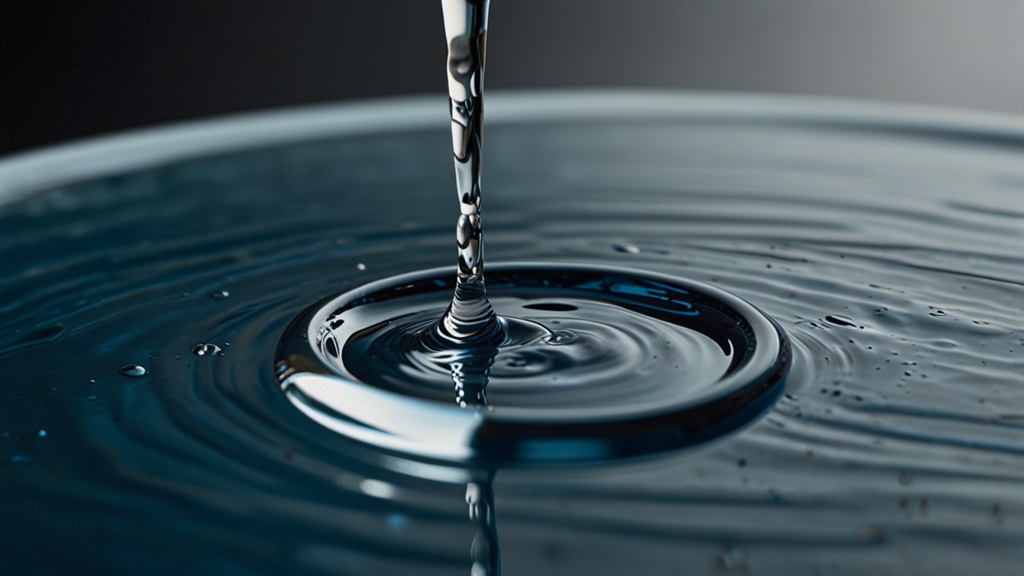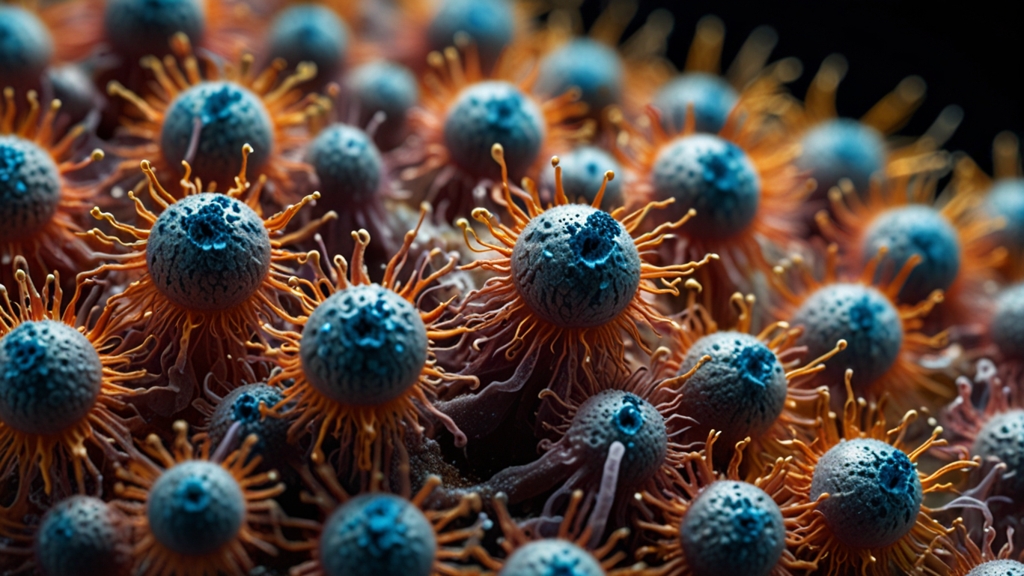Surface Tension: The Surprising Chemistry of Water and Its Life-Sustaining Properties
Water, often referred to as the "universal solvent," is a simple molecule with extraordinary properties. One such property is surface tension—an intriguing characteristic that plays a crucial role in the behavior of water and its capacity to sustain life on Earth. Understanding surface tension provides us with insights into the fundamental chemical interactions that make water so indispensable.
The Chemistry Behind Surface Tension
Surface tension is a physical phenomenon that occurs at the interface between water and air. It is the result of cohesive forces between water molecules. Water molecules are polar, meaning they have a partial positive charge near the hydrogen atoms and a partial negative charge near the oxygen atom. This polarity allows water molecules to form hydrogen bonds with each other.
At the surface of the water, the molecules are not surrounded by other water molecules on all sides; instead, they are only pulled inward by the molecules below and beside them. This creates a "film" at the surface, causing the water to behave as though it is covered by an elastic sheet. This explains why small insects can walk on water and why water droplets tend to form spherical shapes.
Water molecules exhibiting surface tension can be visualized as tiny magnets attracted to one another, forming a tightly-knit layer at the surface that resists external forces.
Surface Tension in Nature
The implications of surface tension extend far beyond the surface of a calm pond. One remarkable application is in plant biology. Surface tension plays a critical role in the process of transpiration, which is essential for the survival of plants. During transpiration, water is pulled up from the roots through the xylem vessels, eventually reaching the leaves where it evaporates. The high surface tension of water enables the formation of a continuous column of water molecules that can move upwards against gravity, thus facilitating the transport of essential nutrients and minerals throughout the plant.
Life-Sustaining Functions
The surface tension of water also has life-sustaining implications for various organisms. For example, many small aquatic insects rely on surface tension to rest on and move across the water surface. Water striders, in particular, have evolved to exploit this property, making their livelihood on the surface of ponds and lakes where they hunt and reproduce.
Human Applications
Beyond the natural world, humans have harnessed the power of surface tension in numerous ways. Surface tension is a key factor in various scientific and industrial processes, such as in the formation of emulsions and foams. It is also crucial in the functioning of detergents and cleaning agents. These substances work by reducing the surface tension of water, allowing it to spread more easily and interact with oils and dirt.
The ability to manipulate surface tension has paved the way for advancements in technologies ranging from medical diagnostics to innovative materials science.
Reducing Surface Tension
The concept of reducing surface tension finds applications in everyday life too. For instance, the addition of soap or detergent to water reduces its surface tension, making it easier for the water to penetrate fabrics and remove stains. This property of surfactants is indispensable in both household cleaning and industrial processes.
Conclusion
In summary, surface tension is a fascinating manifestation of the cohesive forces between water molecules, driven by hydrogen bonding. This property not only intrigues scientists but also plays a pivotal role in various ecological and biological processes. From enabling water transport in plants to supporting life forms that walk on water, surface tension is a testament to the remarkable chemistry of water. Understanding and harnessing surface tension continues to yield significant benefits, both in natural ecosystems and human endeavors.
Surface tension underscores the delicate balance and complexity of natural processes that sustain life, showcasing the marvels of chemistry in every drop of water.















